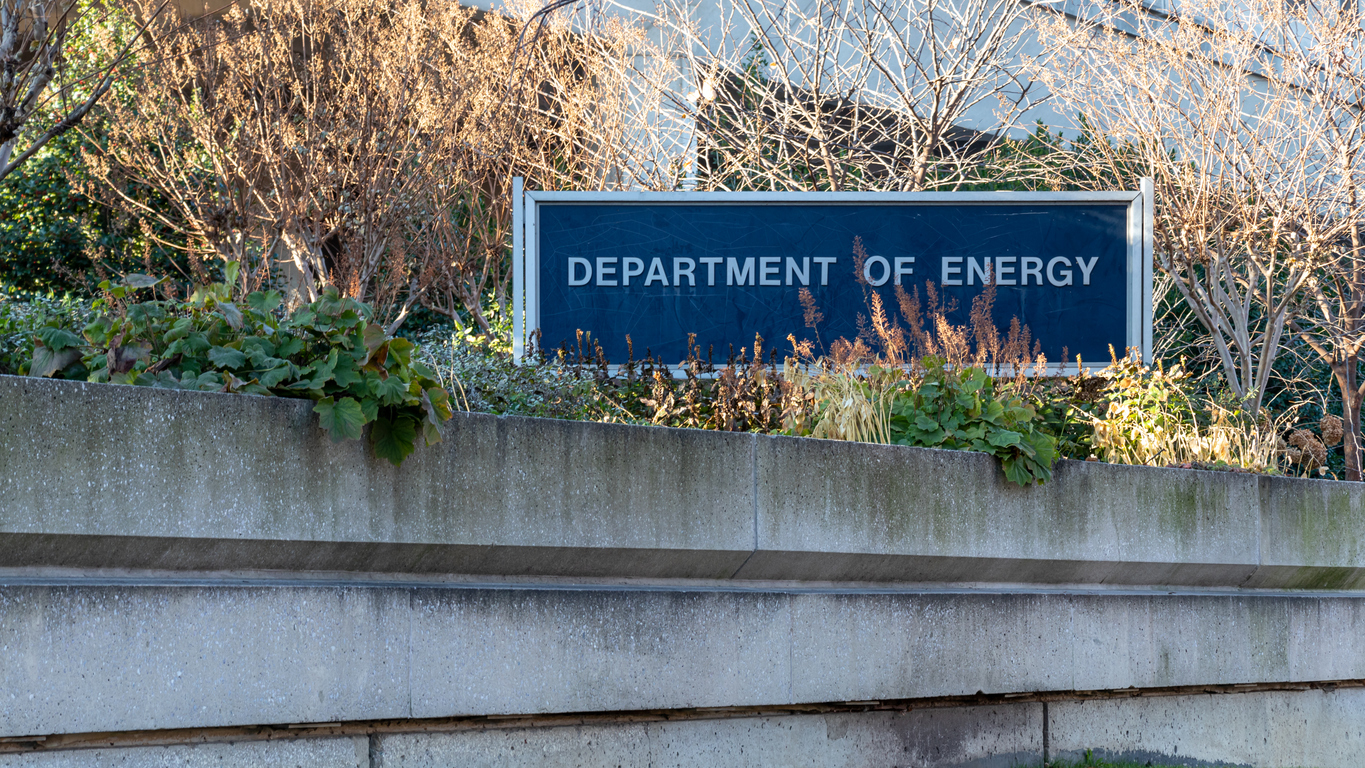
Latest Articles
An Immediate Opportunity to Modernize Residential Energy Codes for a Resilient Future
With many of our partners, Just Solutions urges the Federal Housing Finance Agency (FHFA), which oversees Fannie Mae and Freddie Mac, to take immediate action requiring that the home mortgages […]
President Carter and the Policy and Politics of Energy Sufficiency
The passing of President Jimmy Carter has brought about a renewed interest in 1970’s energy issues, like lines at gas stations, solar panels on the White House, and putting on […]
Left in the Dark; Utility Disconnections in the United States
When households are unable to pay for their energy bills in full or on time, utility providers often shut off their service. By the end of 2024, utility shut-offs are […]
Justice40 and the Climate and Economic Justice Screening Tool at Risk
Just Solutions launched a collaborative effort this past Spring with our national and state partners to highlight policy pathways advocates could pursue to advance and defend climate justice depending upon […]
Reflections on the 40th Anniversary of the Bhopal Chemical Disaster: Defending People over Profit
On December 2, 1984, as the city slept, 40 tons of deadly gas leaked from the Union Carbide pesticide production facilities in Bhopal, India. By sunrise, over 2,000 people were […]
Social Housing as an Avenue for Environmental Justice
Background and Past Work As the climate crisis and housing crisis continue to exacerbate one another, solutions that adequately and equitably address both issues are more important than ever. The […]
Election Statement: Defending Climate Justice
For those committed to racial, social, and environmental justice, the national election was a gut punch. A result that will have far reaching and devastating consequences for ourselves, our loved […]
Utility Justice: Why it Matters and Resources for Advocates
More than 30 million households in the United States are energy insecure, meaning that they are unable to adequately meet household energy needs. High energy costs as a fraction of […]
Climate Resilience and the Failure of the Healthcare Market
There has been growing attention on the failure of key markets to keep pace with climate change, including the housing, insurance, and utilities markets, and the dire consequences for communities […]
Introducing: Climate Comms Power
It’s one thing to spread awareness about climate change impacts, provide the facts, and share opinions on solutions. What’s even more critical, however, is that our messaging is powerful enough […]









